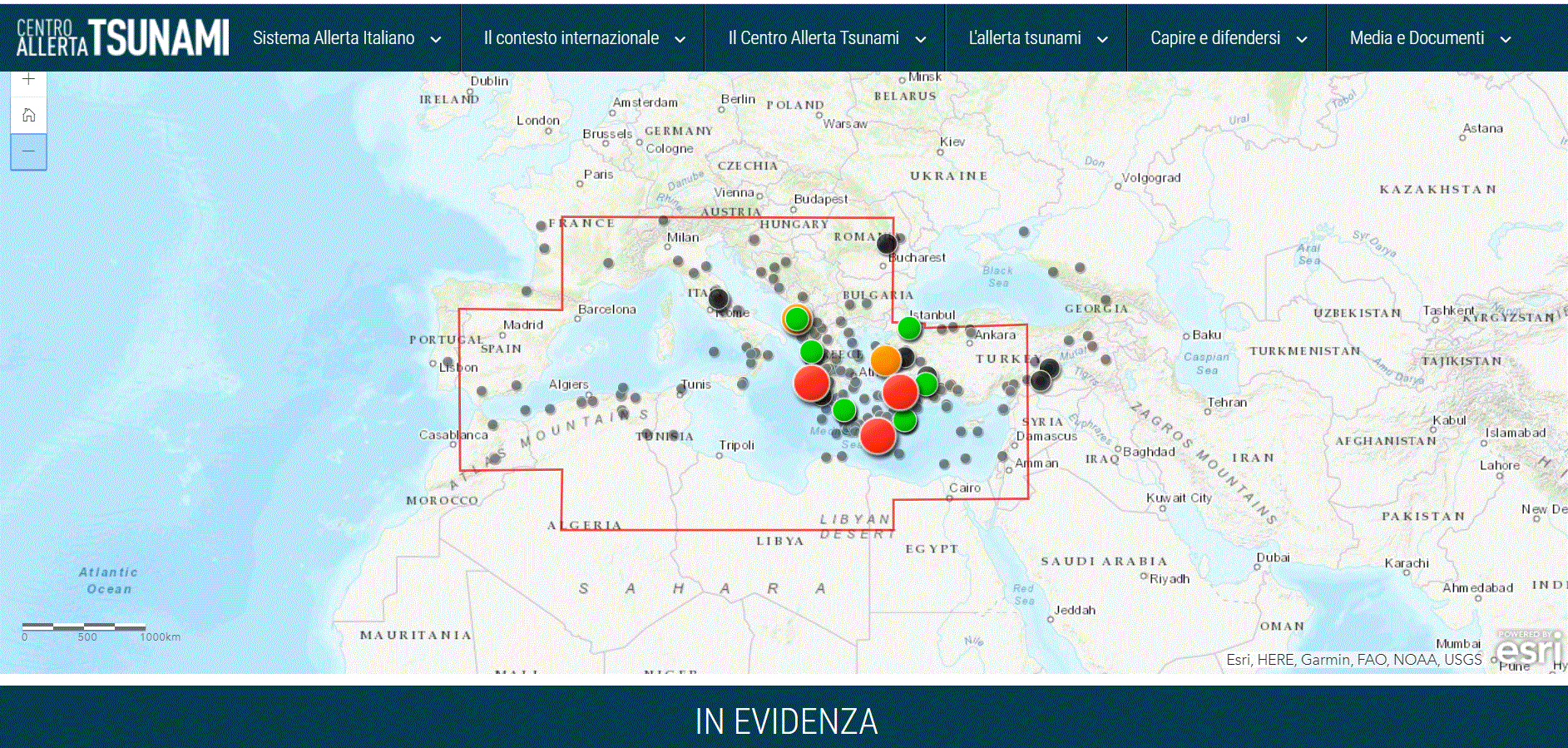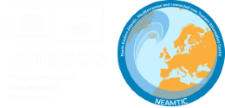INGV, Italy Launches New Tsunami Warning Center Platform
The Istituto Nazionale di Geofisica e Vulcanologia (INGV) has launched a new website for their Tsunami Warning Center (CAT). The site is for the general public and the media and it contains information to understand the tsunami risk in Italy and in the Mediterranean. Several aspects of the tsunami phenomenon are described, from their causes and propagation, the warning and mitigation system, over to how to act in case of a Tsunami, and the coordination and liaison with the civil protection system.

The map on the Home page shows seismic events since January 2017 that have activated the national tsunami warning system. The colors of the symbols indicate the alert level: 1) Green: no alert / INFORMATION; 2) Orange alert / ADVISORY; 3) Red alert / WATCH. Mr Alessandro Amato, Head of INGV CAT informs that real-time alerts do not currently appear on the map. Presently alerts are transmitted both to the National Civil Protection Department, which distributes them in real time to the local and national authorities, and to the countries of the Euro-Mediterranean area that are subscribers of the CAT services (Spain, Portugal, France , Germany, Egypt, Israel, Greece, Turkey, Cyprus, Malta, Lebanon, the United Kingdom).
The new INGV Tsunami Warning Platform is available at the following link:www.ingv.it/cat
The NEAMTWS community and the Technical Secretary of ICG/NEAMTWS Mr Denis Chang Seng welcomed the new tsunami information platform. He also noted that there is a continuous effort among all NEAM Tsunami Service Providers in France; Greece, Italy, Portugal, and Turkey to upgrade their Tsunami Information Platforms to better serve the public in general.
The Tsunami Information Centre (NEAMTIC) website supports the development of the NEAMTWS and acts as the central platform in the NEAM region for information on warning systems, risks and good practices in respect of tsunamis and other sea-level related hazards for civil protection agencies, disaster management organizations, decision makers, schools, industries and the general public.









































